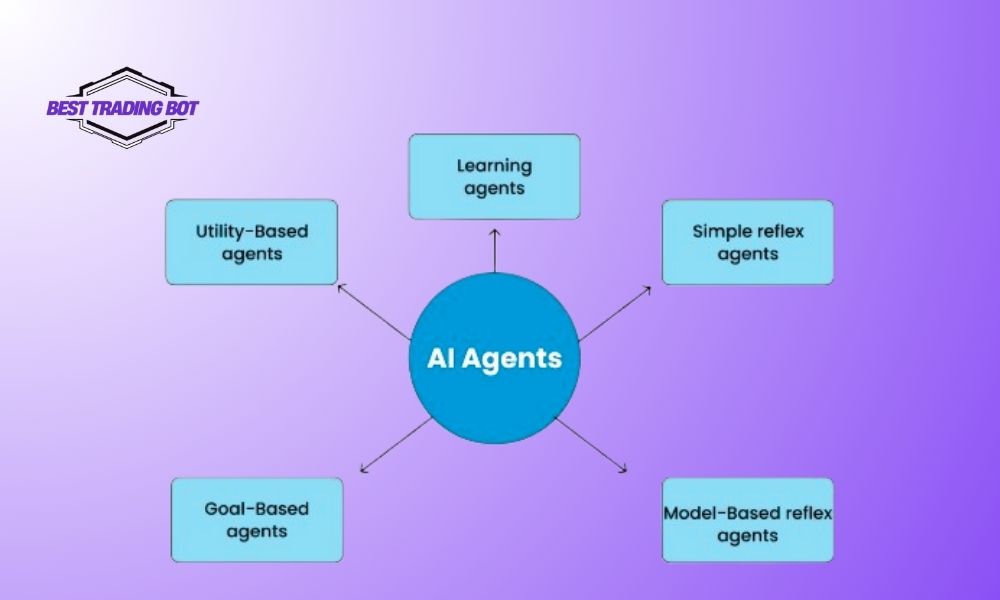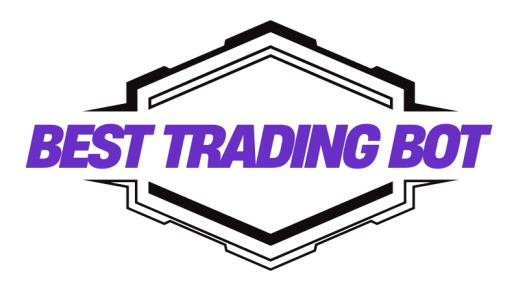Structure of AI agent is a foundational concept that helps us understand how an artificial intelligence entity perceives its environment and acts to achieve its goals. Grasping this structure unlocks the potential to design smarter systems, from autonomous robots to virtual assistants, bringing tangible benefits to our lives.
Contents
What is the Structure of AI agent?
An AI agent can be defined as anything capable of perceiving its environment through sensors and acting upon that environment through actuators. The agent’s objective is to perform actions to achieve specific goals or maximize a certain performance measure. The Structure of AI agent is precisely how the internal components of the agent are organized and coordinated to perform this function.
To describe an AI agent, the PEAS framework is often used:
- Performance measure: Criteria for evaluating the agent’s success.
- Environment: The context in which the agent operates.
- Actuators: How the agent performs actions.
- Sensors: How the agent perceives the environment.

Architecture, Agent Function, and Agent Program: The Three Pillars
An intuitive way to understand the Structure of AI agent is by considering three key elements often illustrated: Architecture, Agent Function, and Agent Program, as depicted in common diagrams.
Architecture: This is the hardware or physical platform on which the agent program runs. For instance, for a robot, the architecture might include its processor, sensors, and motors. In diagrams, it’s often represented by a device like a computer. This forms the foundation for all agent activities.
Agent Function: This is an abstract mathematical concept describing the mapping from a percept sequence to an action. Essentially, the agent function specifies what action the agent should perform based on what it has perceived. Diagrams often illustrate this with a central unit processing information from multiple inputs.
Agent Program: This is the concrete implementation of the agent function; it’s the code or algorithm that executes on the architecture. The agent program receives input from sensors and decides which actions will be carried out by the actuators. Diagrams often represent this through interconnected logical blocks.
Their relationship is: Agent = Architecture + Agent Program. The agent program implements the agent function on a specific architecture. The combination of the agent program running on a particular architecture is the embodiment of an AI agent, and optimally designing this interplay is central to building an effective Structure of AI agent.
Other Core Components in the Structure of AI agent
Beyond these three pillars, a typical AI agent includes more detailed components:
- Sensors: The parts that help the agent gather information from the environment (percepts). Examples include cameras, microphones, and collision sensors.
- Actuators: The parts the agent uses to perform actions on the environment. Examples include wheels, motors, and display screens.
- Environment: The place where the agent exists and interacts. The characteristics of the environment significantly influence agent design.
Common Types of AI Agent Structures
Based on the complexity of the agent program and how it makes decisions, the Structure of AI agent can be classified into several main types:
Simple Reflex Agents: These agents act based on the current percept, ignoring the percept history. They operate on “condition-action” rules. This structure is simple but limited in complex environments.
Model-based Reflex Agents: More advanced than simple reflex agents, these maintain an “internal state” to track aspects of the world they cannot currently observe. This state is updated based on percept history and knowledge of how the world works (a model). This Structure of AI agent allows them to handle partially observable environments.
Goal-based Agents: In addition to an internal state, these agents have information about their “goals.” They use goal information to choose actions. This process often involves search and planning to find a sequence of actions leading to the goal. This Structure of AI agent is more flexible as behavior can change if the goal changes.
Utility-based Agents: When there are multiple ways to achieve a goal, or when goals are not clearly achievable, utility-based agents are useful. They use a “utility function” to map a state (or a sequence of states) to a real number representing a degree of “happiness” or “desirability.” The agent chooses the action leading to the state with the highest expected utility.
Learning Agents: These are the most advanced type, capable of improving their performance over time through experience. The Structure of AI agent for learning agents includes:
- Learning element: Responsible for making improvements.
- Performance element: Responsible for selecting actions, similar to the agent types described above.
- Critic: Evaluates the agent’s actions based on a fixed performance standard and informs the learning element.
- Problem generator: Suggests exploratory actions that can lead to new and informative experiences.

Importance of Understanding the Structure of AI agent
Understanding the Structure of AI agent is not just a theoretical exercise. It has immense practical significance in:
- Designing and developing effective AI systems: Mastering the structure helps developers choose the appropriate architecture for specific problems.
- Analysis and debugging: When an AI agent doesn’t perform as expected, understanding its internal structure helps identify causes and troubleshoot issues.
- Assessing capabilities and limitations: Knowledge of different agent structures helps us evaluate what an AI system can and cannot do.
- Research and innovation: It serves as a foundation for developing new, smarter, and more flexible AI agents.
The applications of AI agents are diverse, from self-driving cars, virtual assistants, and recommendation systems, to industrial robots and agents in video games. Each application requires a tailored approach to building an effective agent.
In summary, understanding the Structure of AI agent is key to developing advanced and useful AI applications. Each component and structural type plays a crucial role in shaping an agent’s behavior and capabilities. To stay updated with more exciting insights into AI and technology, be sure to follow Best Trading Bot!
